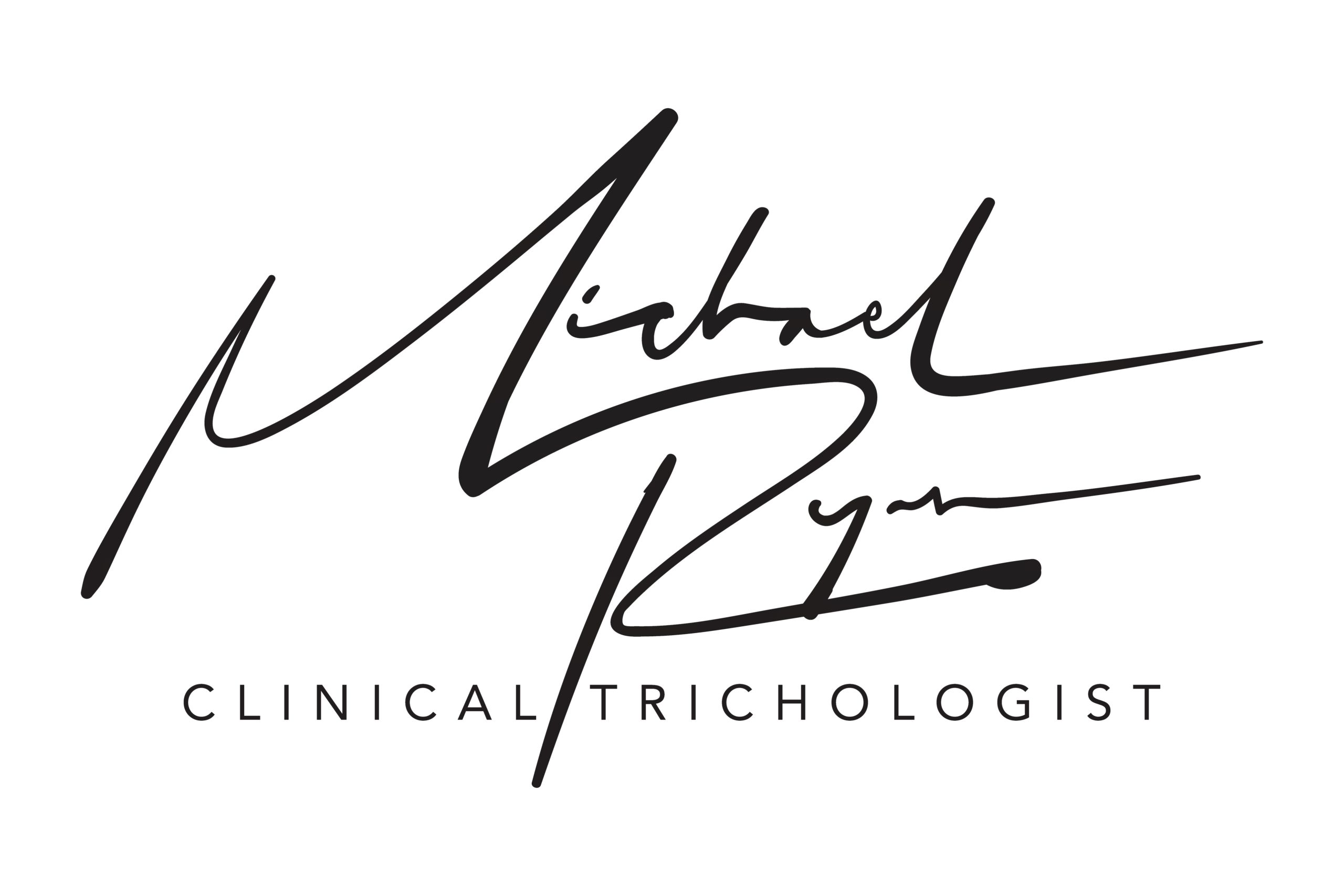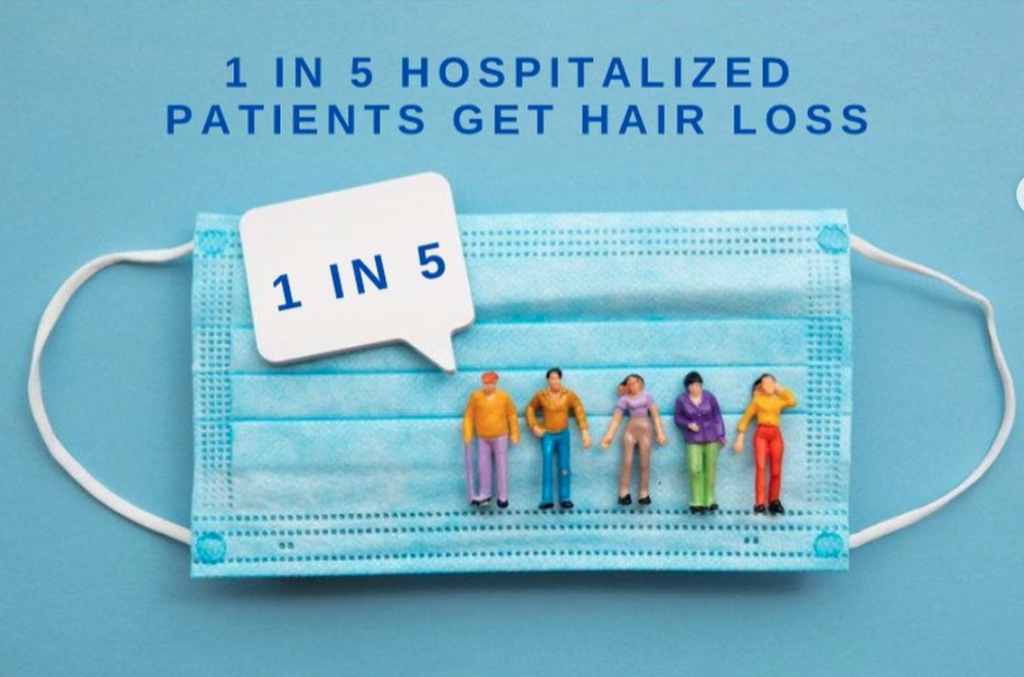How does it affect my hair?

The increasing number of women experiencing hair loss has become a growing concern for me as a professional. When treating these issues as a specialist, I was never convinced that it was an inherited condition.
Almost two decades in the field of trichology, I have come across many practitioners who still regard all hair loss issues as a single issue. At the very least, its usually divided into two categories: alopecia and genetic hair loss.
This approach is not always effective due to the complexity of the body’s complex mechanisms. In fact, it is very common for practitioners to mistakenly believe that a single treatment will cure all hair loss issues. Recently, a group of entrepreneurs started marketing a line of pills that combine the two most common blood pressure drugs: Minoxidil and Spironolactone.
The increasing number of women experiencing hair loss has become a growing concern for me as a professional. When I started treating these issues as a specialist, I was never convinced that it was an inherited condition.
Over the years, I have come across many practitioners who still regard all hair loss issues as a single problem. At the very least, it’s usually divided into two categories: alopecia and genetic hair loss.
This approach is not always effective due to the complexity of the body’s complex mechanisms. The body is constantly changing and adapting to its needs. This is why it is very common for practitioners to mistakenly believe that a single treatment will cure all hair loss issues. Recently, a group of entrepreneurs started marketing a line of pills that combine the two most common blood pressure drugs: Minoxidil and Spironolactone.
The Australian Therapeutic Goods Administration (TGA) defines the use of certain medicines, such as Minoxidil and Spironolactone, outside of their intended use as “Off-label.” This means that the doctor is only authorized to use the medicine if he or she has informed the patient.
Informed consent is a requirement that patients be informed about the risks and benefits of taking an off-label treatment compared to the other available treatments. It should be noted that women do not suffer from an anti-androgen deficiency. They may experience hormonal-metabolic-autoimmune imbalance or nutritional deficiency.
Following the recommendations of leading medical researchers, I believed that most hair loss cases in women are caused by a complex hormonal-metabolic disturbance. This issue, which can be triggered by a combination of factors, can lead to elevated Testosterone levels.
The pathology results of my patients’ cases were the basis of my “acquired pattern hair loss” diagnosis. It is now widely accepted that obesity and hyperinsulinaemia are also contributing factors to the increasing number of hair loss cases.
This condition can lead to various health problems, such as diabetes, high blood pressure, heart disease, and orthopaedic issues. One of the most insidious effects of this issue is elevated insulin levels.
High blood glucose and insulin levels are the main symptoms of a type of metabolic syndrome. This condition can lead to the loss of body cells’ ability to respond to Insulin, which is required for the production of energy.
The stress response can also affect the activity of insulin. For instance, prolonged exposure to cortisol can trigger functional insulin resistance. Another issue that can cause this issue is the disruption of the effects of synthetic hormone therapy.
Although it’s not yet clear if obesity and hyperinsulinaemia are related, it’s widely believed that high sugar diets and refined carbohydrates are the causes of both conditions. Since the 1970s, the rise of obesity has been attributed to the introduction of Fructose, which is a cheap and sweet ingredient used in soft drinks and refined food products.
Studies in the US have shown that Fructose acts as a suppressive agent on the action of Leptin, which results in the immediate storage of fat instead of being utilized as energy for the body. In younger women, hyperinsulinaemia is also associated with a higher risk of developing polycystic ovarian syndrome.
A study conducted in 1995 revealed that obese women with polycystic ovarian syndrome (PCOS) had similar levels of Testosterone compared to those with normal levels. The results of the study showed that the higher levels of Free Testosterone, as well as the thinning of the scalp, could lead to hirsuteness and hair loss. The effects of hyperinsulinaemia and obesity on the body’s sex hormone binding protein, known as SHBG, were also studied.
The effects of SHBG on the availability of Oestrogen and Testosterone can be controlled by manipulating its levels. This substance is produced in the liver and is a 2nd tier carrier for both Testosterone and Oestrogen.
The levels of SHBG and the hormones that it carries are influenced by various factors. Some of these include the diet, lifestyle, age, sexual and physical activity, and hormonal therapy. These factors can affect the availability of Oestrogen-Testosterone.
Overuse of synthetic oestrogens, which are found in various HRT and contraceptive products, can lead to elevated SHBG. Other factors such as liver disease and diabetes can also affect the development of this condition.
When SHBG levels are elevated during pregnancy, it can trigger low thyroid function. This condition is caused by how the SHBG partially binds to the thyroid hormone T4. Some of the factors that can increase this condition include the age of the thyroid hormone, the consumption of high fibre, and the low protein diet. On the other hand, those who are experiencing a period of menopausal transition may experience low P4 levels.
The effects of insulin on the production and control of Testosterone and other hormones can be studied. However, the physiology of this process is not explained in this article.
The interested reader should refer to Peter Baratosy’s excellent book entitled “You and Your Hormones.” The precise way and where TT is produced and stimulated varies between men and women. In females, about 50% of the substance is produced by the Adrenal glands, while the rest is taken up by the ovaries.
In females, the production of adrenal androgens is not regulated by the Luteinizing and Follicular Stimulating Hormones. Instead, they are produced by the Follicular Stimulating Hormone (FSH) and the Luteinizing Hormone (LH). In most cases, the aromatase activity is converted back to Oestrogen after the release of FSH and LH. It is important to note that in insulin-sensitive individuals, the high blood insulin concentrations do not activate aromatase. This is because hyperinsulinemia, which is found in PCOS, can suppress aromatase activity.
In hyperinsulinaemia, the levels of insulin resistance are varying. The target to minimize inflammation is around 6-7 mU/L. This condition is caused by how the negative feedback loop of the brain is disrupted, which is related to the activity of FSH and LH. In response to low Oestrogen levels, FSH stimulates the production of ovarian TT. However, the aromatase activity is not activated, and the levels of TT continue to rise.
Androgenic follicle miniaturization and the inability to aromatase back to Oestrogen can result in the development of facial and body hair loss. This condition can also affect the skin’s pores.
One of the most important factors that can contribute to the development of this condition is the level of Testosterone-DHT ratio. This is because the amount of this substance that is produced by the hair follicles and the male reproductive and adrenal glands is greater than that of total Testosterone.
Although these two hormones have potential problems, they play a vital role in the development of sex-specific characteristics for men. It’s important for males to maintain their levels of aromatase activity and retain their TT.

